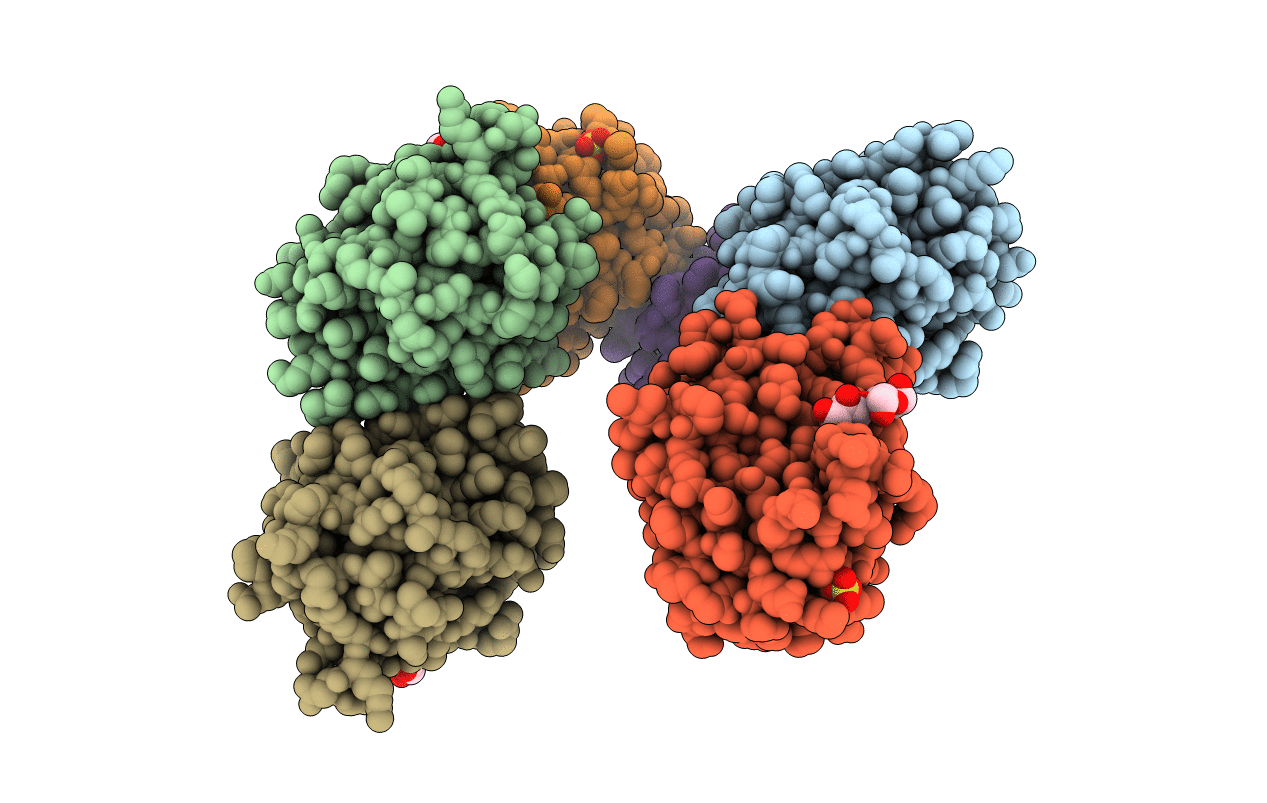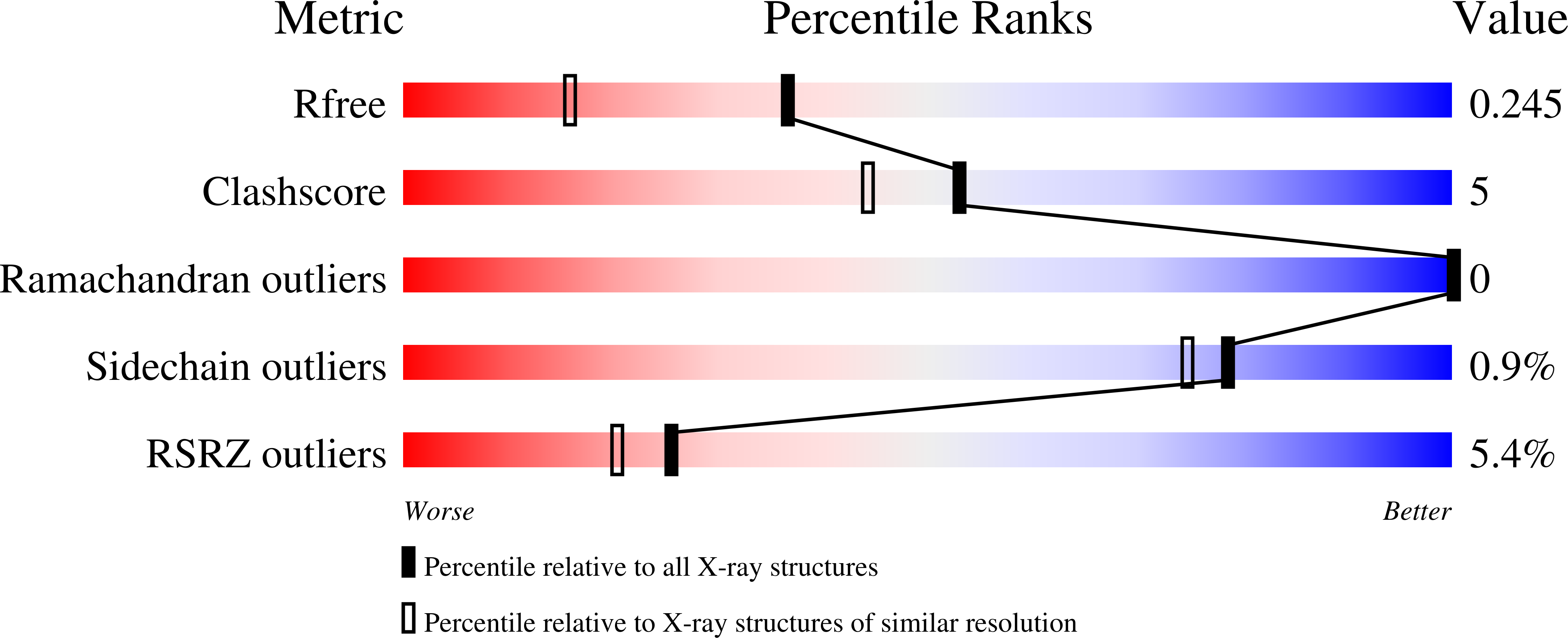
Deposition Date
2018-07-26
Release Date
2019-08-14
Last Version Date
2024-01-17
Method Details:
Experimental Method:
Resolution:
1.80 Å
R-Value Free:
0.23
R-Value Work:
0.20
Space Group:
P 62


